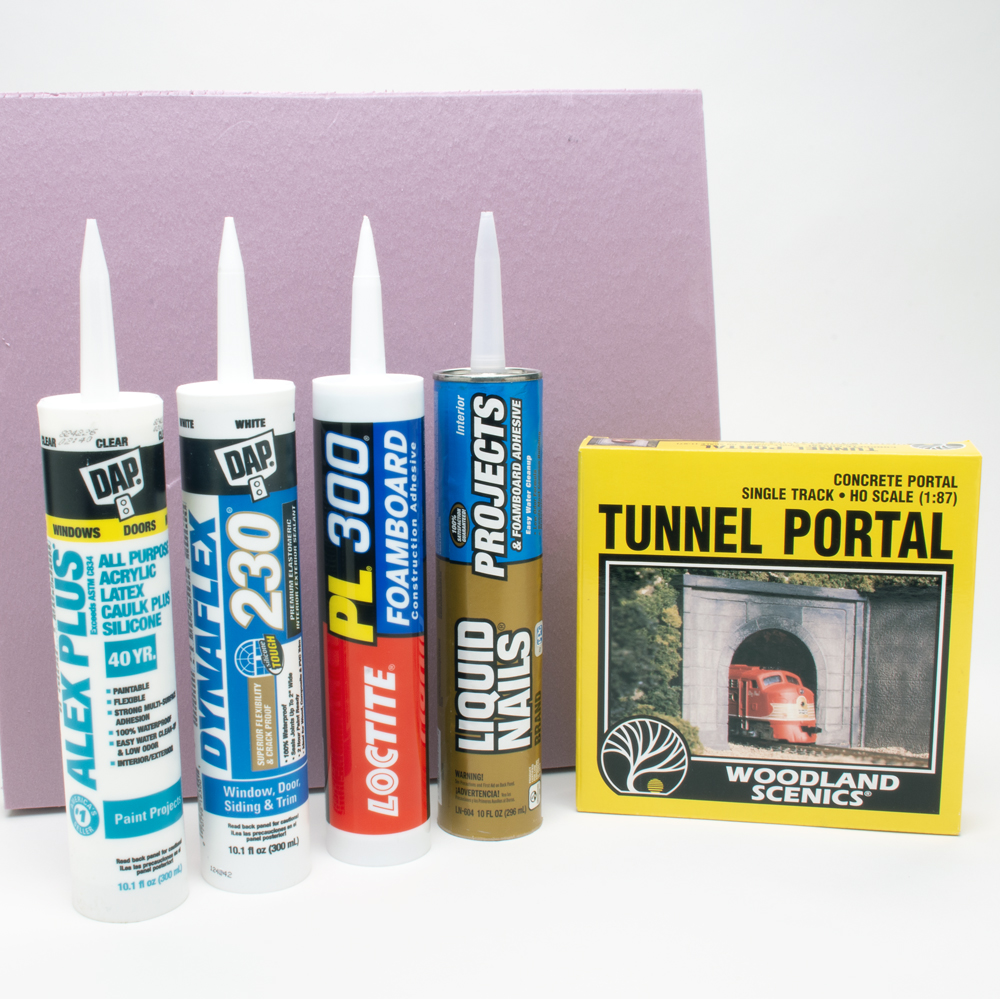
Q: What are the bars on top of Pennsylvania RR diesel locomotives for? Are they for radio? — Damien Bouchey
A: Those aren’t for radio, though they served the same function — communication. Those are Pennsylvania RR Trainphone antennas. In the mid-1930s, the Pennsy was looking for a more efficient way for dispatchers and towermen to send messages to engineers than the current method, which was paper forms. Stationmen either had to stand trackside with the form tied to a hoop that a trainman would catch as the train passed — a less than reliable method — or set a signal telling the engineer to stop to pick up orders, which meant lost time. Radio was fairly new at the time, and railroads didn’t own any broadcast rights, so the Pennsy went a different route: electrical induction.
Electricity and magnetism are intimately connected. When a current flows through a conductor, it creates a moving magnetic field around the conductor (which is how electromagnets and electric motors work). And when that magnetic field intersects with another conductor, it creates a matching current in that conductor. That effect is called induction.
(And no, we’re talking about a conductive metal like copper or steel, not a train conductor. If you try to put an electrical current through a train conductor, all you get is thrown off the train.)
In the Trainphone system, an engineer used a handset in the cab to communicate with the nearest tower or dispatch office. The signal was sent along the rod-like antenna on the roof of the locomotive, which set up the magnetic field. Its range wasn’t very far, but it didn’t have to be to reach its receiver, which could be telegraph wires strung along the right-of-way or even the rail itself. The magnetic field was picked up by this conductor and transmitted to the station, where it was amplified and turned into sound waves again. The same system operated in reverse to send messages to the train. Pennsylvania RR Trainphone antennas could also be seen on the roofs of cabin cars (cabooses) and the tenders of steam locomotives as well, not just on diesels.
The Trainphone system worked well enough to be used through the steam-to-diesel transition era and into the 1960s. But the biggest problem was that it couldn’t be used on electrified lines. The sheer power coursing through the overhead catenary or third rail overwhelmed any signal that could be inducted by a puny Trainphone transmitter. Since the Pennsy’s Northeastern electrified divisions were its busiest, that was a serious drawback. The Pennsylvania RR Trainphone antennas were obsolete by the 1960s, replaced by increasingly reliable radio transceivers.
Send us your questions
Have a question about modeling, operation, or prototype railroads? Send it to us at AskTrains@Trains.com. Be sure to put “Ask MR” in the subject.














